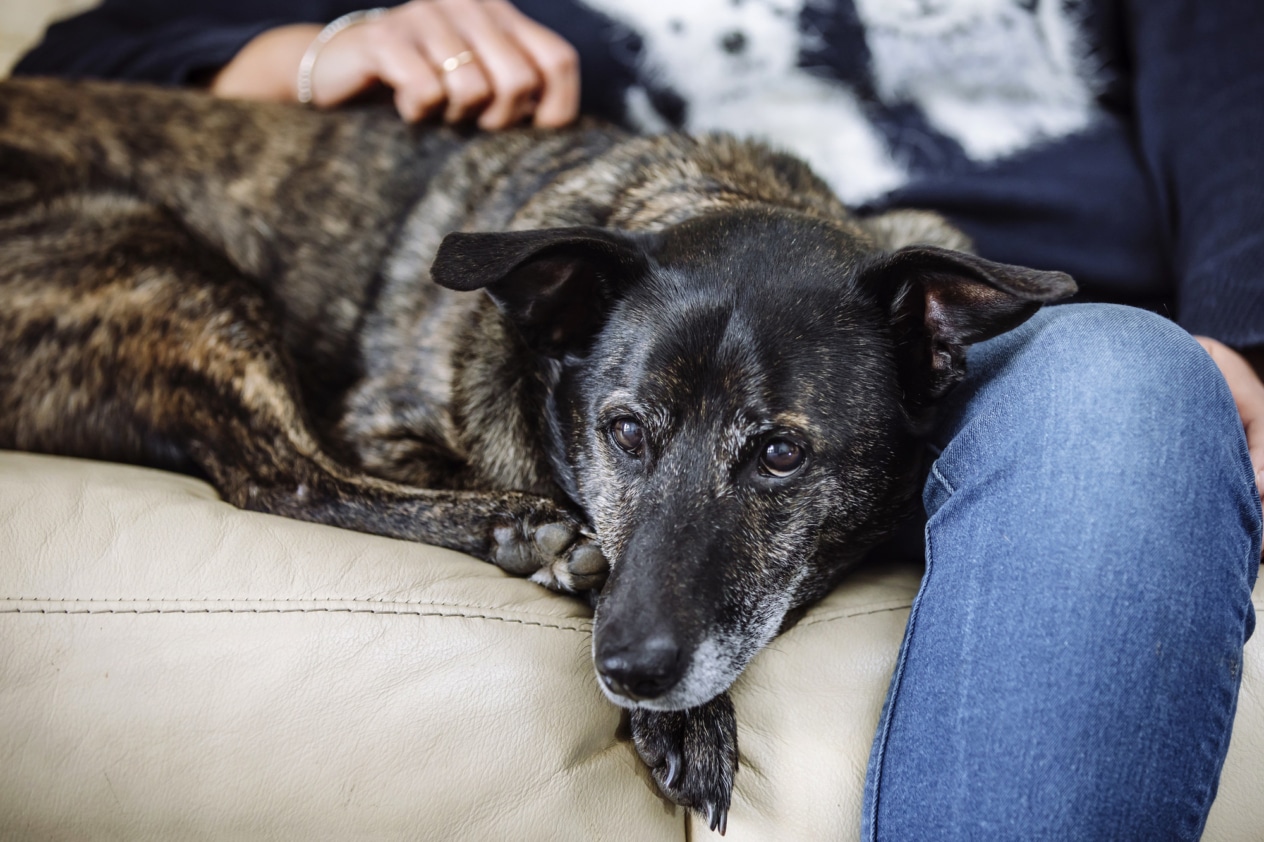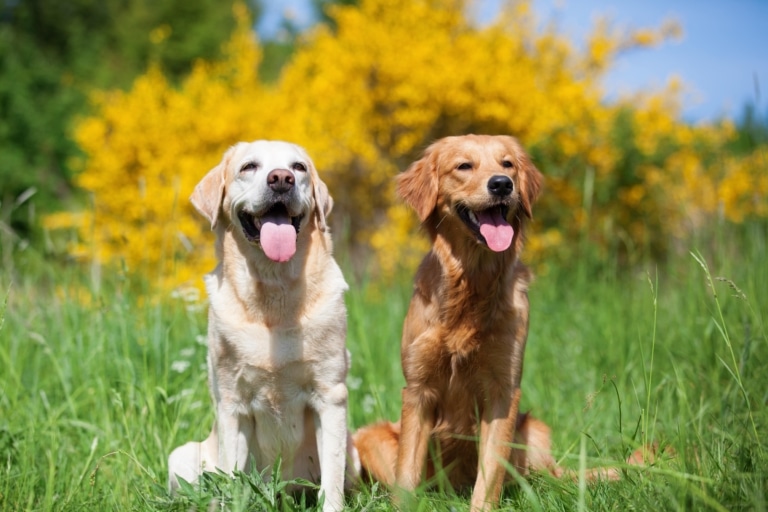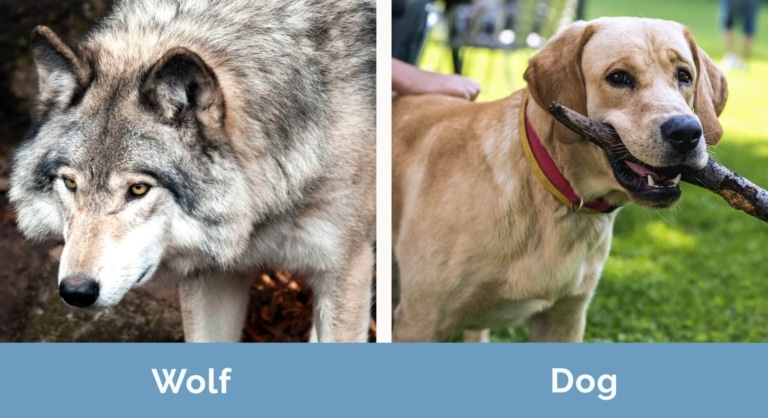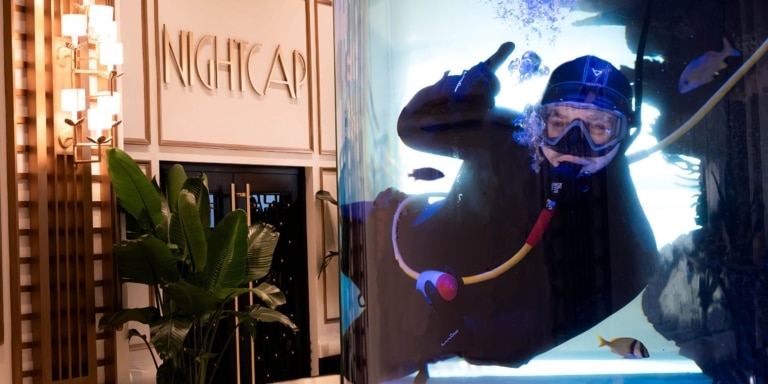When a dog suddenly starts having diarrhea, vomiting, refuses to eat and becomes lethargic, it’s not just “too much food”. Often the cause is more serious – enteritis. This is an inflammation of the small intestine, which disrupts digestion, causes dehydration, intoxication and general exhaustion of the body. The cause of enteritis can be viruses (parvovirus) or bacteria, as well as worms, spoiled food or a sudden change of feed.
Of course, there are conditions in which the only true solution is to go to the veterinarian. But not every form of enteritis requires IVs or hospitalization. With a mild course or at the initial stage, when the symptoms are not yet critical, home treatment is quite possible. The main thing is to act competently, without panic and without dangerous amateurism.
When treatment at home is possible
The first thing that the owner should do is to assess the condition of the animal soberly. Home treatment is possible only when there is no obvious threat to life. If the dog behaves more or less actively, drinks water, although it does not eat, diarrhea does not have admixtures of blood, vomiting is not repeated often, and the temperature is within normal limits – this is the form that you can try to cope with at home. This is especially true if you know exactly the possible cause: the dog ate something unusual, there was a change of food, or there is a tendency to dietary disorders. In such cases, enteritis in dogs can have an easy, self-healing course – provided that the animal is given rest, the right regime and gentle support.
However, it is worth remembering: the slightest signs of deterioration – a signal not to delay. If the dog refuses even water, vomits water or foam, becomes apathetic, “hangs” over the bowl or looks for a dark place – this is not an easy case. This is not the place to experiment. Home treatment is only possible where you have control over the situation, not the disease.
Step-by-step treatment of enteritis at home
If you are convinced that your dog’s condition allows you to treat it at home, it is important to proceed in stages. The first step is fasting, which gives the intestines a chance to rest. In most cases, 12-24 hours without food (but with access to water) is the best solution. The key is not to feed even “something light” until this period has passed. Eating at this point only exacerbates inflammation.
During the period of starvation, the dog needs constant water. If it does not drink itself – offer water from a syringe without a needle, in small portions. In case of even mild dehydration, you can prepare a homemade electrolyte solution – warm water with a little salt, sugar and baking soda. Veterinary pharmacies also sell ready-made hydration products.
After fasting, introduce food gradually. Start with boiled rice, chicken broth without salt, or diet wet food specifically designed for digestive problems. Food should be soft, simple, easy to digest. It is better to give more frequent but very small portions.
It is also useful to add veterinary probiotics or enterosorbents (for example, enterosgel, smecta for animals). But here it is important not to overdo it – you should not mix many remedies at once. Choose 1-2 and observe the dosage.
In parallel, you need to observe: how the dog reacts to food, whether the vomiting does not return, whether the color or smell of feces changes. If there is an improvement within 1-2 days – you are on the right track.
What exactly can not be done at home and how not to do harm
The most dangerous mistake is to treat a symptom without understanding the cause. For example, giving antibiotics from the human medicine cabinet or “flooding” the animal with some drugs only because it once “helped another dog”. It is also unacceptable to use painkillers or antipyretics without a veterinary prescription – some of them can be toxic to dogs.
Another common mistake is returning prematurely to a normal diet or trying to increase appetite with “goodies”. The body is not yet ready for fatty, raw or complex foods – this will only trigger another episode of upset. Alarming changes should also not be ignored – even if the dog is already eating but remains lethargic, this may indicate internal exhaustion or a complication.
Most importantly, don’t procrastinate. If you don’t think your dog is getting better – then he really isn’t getting better. And then the main treatment should start in the clinic, not in the kitchen.
Conclusion
Knowledge, observation and calmness are your main tools. If you are treating at home – don’t stop watching. And if something goes wrong – do not be afraid to turn to professionals. Because the best thing you can give your dog at this moment is not heroism, but timely and reasonable help.










